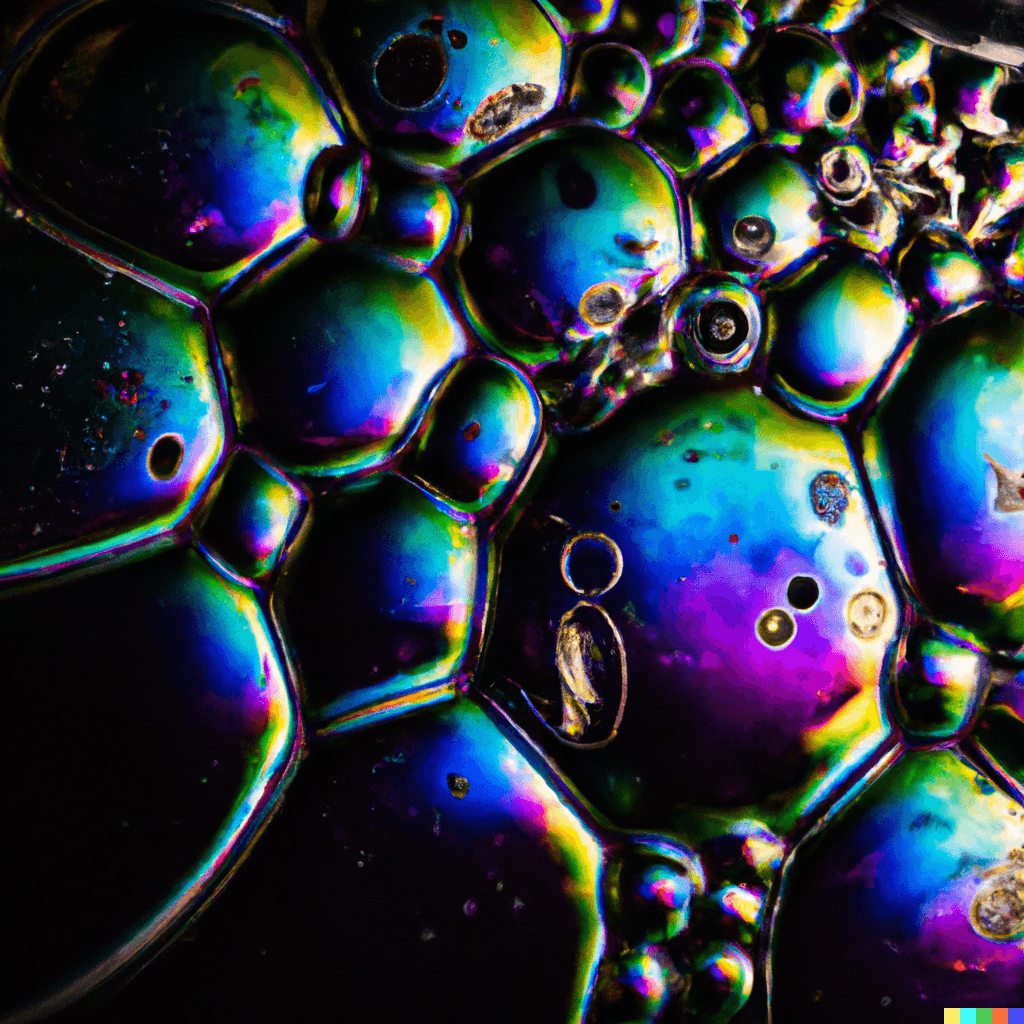How do we measure nanoubbles?
Measuring nanobubbles can be challenging because of their small size, but there are several methods that can be used to quantify the presence and properties of nanobubbles. Here are a few examples:
Dynamic light scattering (DLS): DLS is a widely used technique to measure the size distribution of particles in a liquid. It works by measuring the scattered light from particles as they move in the liquid under Brownian motion. DLS can be used to measure the size distribution of nanobubbles in a liquid, although the technique is more commonly used for larger particles.
Atomic force microscopy (AFM): AFM is a high-resolution imaging technique that can be used to visualize and measure the size of individual nanobubbles. The technique works by scanning a probe over the surface of the liquid and detecting changes in the height of the surface due to the presence of the bubbles. AFM can provide information on the size and distribution of nanobubbles, as well as their surface charge and other properties.
Electrochemical methods: Electrochemical methods can be used to measure the concentration of nanobubbles in a liquid. For example, cyclic voltammetry (CV) can be used to measure the concentration of hydrogen nanobubbles in water. The technique works by applying a potential to an electrode in the liquid and measuring the resulting current. The current is proportional to the concentration of nanobubbles in the liquid.
High-speed camera imaging: High-speed camera imaging can be used to visualize the formation and dynamics of nanobubbles in a liquid. The technique works by recording video at high frame rates, which can capture the rapid motion of the bubbles. By analyzing the video, it is possible to measure the size and distribution of the nanobubbles, as well as their rate of formation and other properties.
Overall, measuring nanobubbles requires specialized techniques and equipment, and the choice of method will depend on the specific properties of the bubbles and the application of interest.



